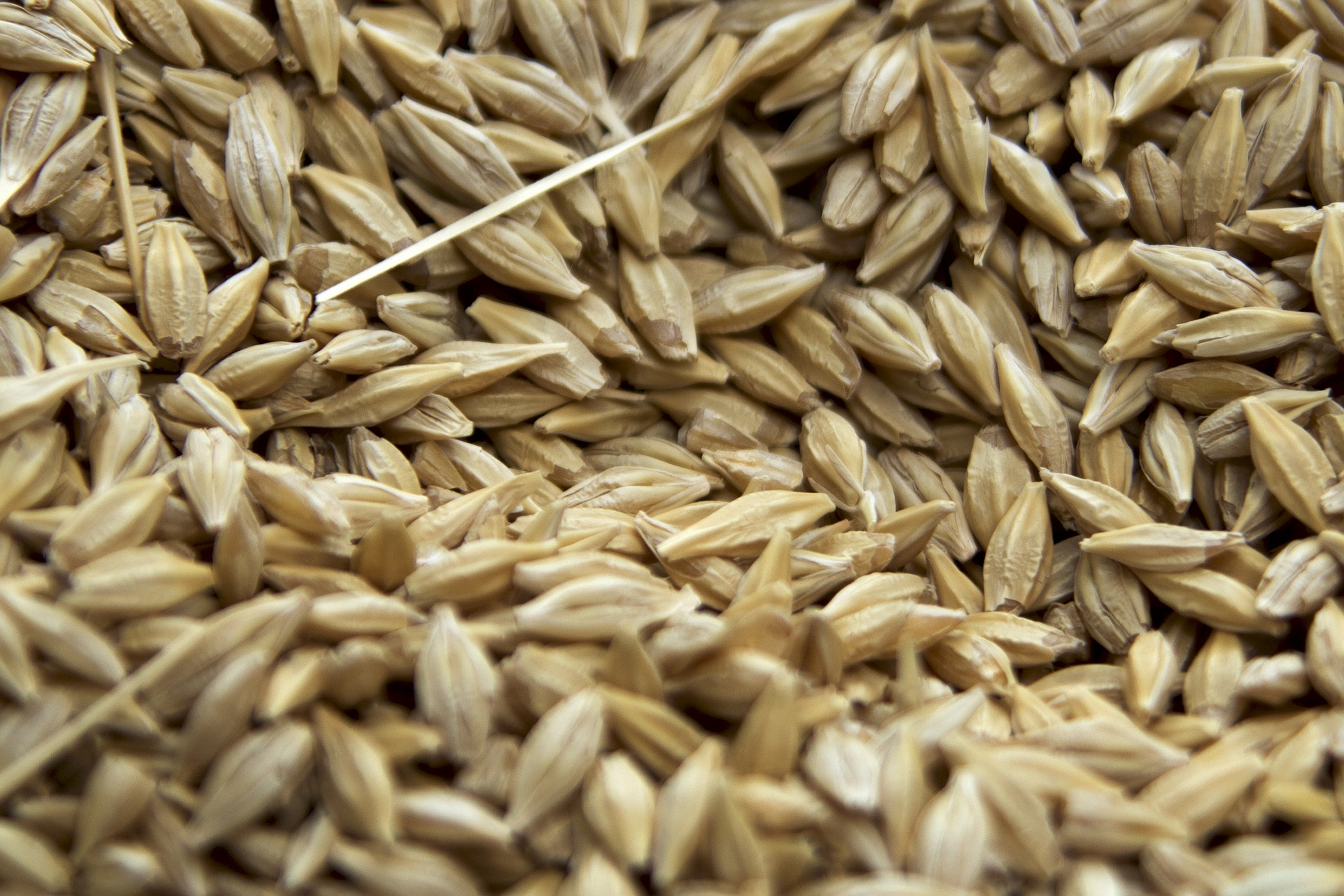The following piece is from our sister publication, Germination.
The Canadian Seed Growers’ Association is expanding its SeedCert platform, creating the foundation for a digital end-to-end system for seed crop certification.
Doug Miller and the Canadian Seed Growers’ Association (CSGA) certification team are busy these days.
As the CSGA and branch boards put the finishing touches on a new Business Plan for 2021, staff are busy preparing for the coming season. With the unveiling of its next generation of modernization initiatives this spring, the Canadian Seed Growers’ Association will be taking another big step to towards a single digital window for seed certification services with the launch of a new digital crop certificate.
“Technology opens doors to new opportunities, and we’re going to use it to help drive the association forward,” says Miller, managing director of certification and technology services for the CSGA.
“A lot of people in the industry already use our SeedCert platform. Seed growers, seed companies, plant breeders, inspection services, inspectors, and government officials. As we look towards the future, we’re looking at how we can leverage our SeedCert platform to provide value to new players by making the same transformation tools and services currently applied to crop certification to the whole seed certification system.
The Seed Synergy White Paper, released in 2018, lays out a set of proposals for the future of the seed sector in Canada. One of the key areas identified in the paper is the need to create a “single window” for all seed regulatory services, facilitated by information technology, and including a “variety profile” data management system for all commercial varieties so that end users can make informed decisions.
CSGA is on the road to realizing that vision, Miller says.
“As we move forward, our focus continues to be on providing value to members and the industry at large. We are actively modernizing our digital systems, service offerings, and regulations to be more agile and responsive.”
He says CSGA is taking a holistic view to seed certification — one that is digitally enabled.
“Looking at the current seed certification system, delivery and user experience is fragmented. The need for a single window for seed regulatory services is apparent. We feel that SeedCert 2.0 provides a strong foundation for a seed sector single window and provides a cost-effective, secure solution moving forward.”
The digital seed crop certificate replaces the hardcopy-based certificate and provides a foundation for future growth and opportunities, Miller says.
“The digital certificate is the next step in creating a digital, end-to-end, streamlined certification process. Our initial feedback from users is that it is easy to use and has the potential to significantly reduce administrative burden for both producers and companies.”
As CSGA looks beyond the digital certificate, Miller says the organization is working to provide members with new services such as voluntary digital seed grading reports and pedigreed seed declarations — all integrated with the digital crop certificate.
“We’ve heard our members loud and clear; they want more digital services from CSGA – especially as it relates to the next link in the chain. Several of our members are investing in data management systems and we know these new services will have an immediate return on investment for our members and new players as our ecosystem expands.”
The Road to Regulatory Modernization
The vision, Miller says, is to bring information together in new packages that, to this point, haven’t been possible because of the inability to integrate data sources.
Although CSGA’s modernization initiatives are separate from CFIA’s seed regulation modernization, there are overlaps. Seeing as CSGA modernization initiatives will serve to benefit the seed regulatory system as a whole, CSGA’s managing director of policy and standards Mike Scheffel says the SeedCert 2.0 system and other improvements CSGA is making to its systems could help aid discussions surrounding regulatory modernization.
“With the regulatory modernization discussions, we’re not just talking about the Seeds Regulations themselves. We’ll be talking about who does what and the respective roles of government and industry,” Scheffel says.
“As we move ahead, we’ll need to have a detailed discussion as an industry and with government as to which bodies will be responsible for certain aspects of the seed regulatory landscape.”
Scheffel points to seed quality standards as an example. Currently, Canada’s requirements for pedigreed seed production are laid out in Circular 6. The CSGA has a Regulatory Services Committee (RSC) that meets twice or more each year to review and recommend changes to Circular 6. The RSC includes seed growers, seed trade, seed analysts, provincial government representatives and the CFIA. Several years ago, crop-specific working groups, with similarly diverse makeup, were established to review and propose changes to the RSC.
“CSGA holds the pen on Circular 6. We’re responsible for maintaining it, making changes to it, and for implementing the requirements that are set out in that document, but we do so in cooperation with stakeholders,” Scheffel adds.
“If it were decided that the grade tables, for example, should be incorporated by reference to get them out of the regulations and into another document so they could be more easily amended or changed, through regulatory modernization discussions we can decide if that’s a document that would then continue to be maintained and managed by the CFIA, or if it’s the kind of document that could be handed over to a seed industry body, and the CSGA would be an obvious choice as we already have the systems in place to manage the process of change.”





